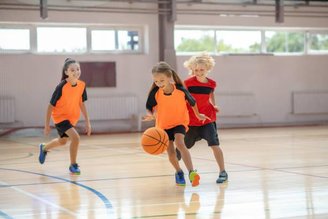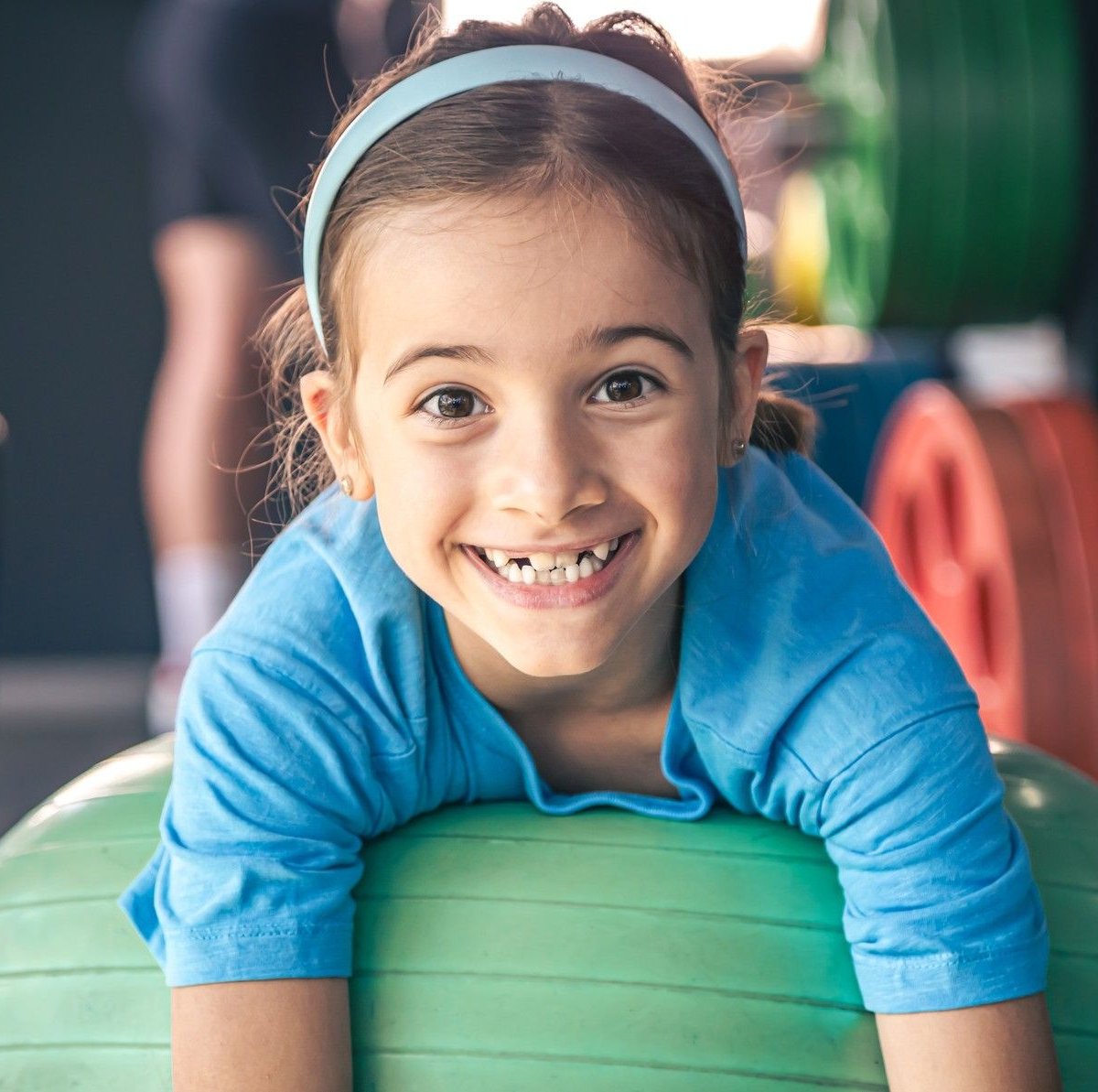This text was written by a TecMundo columnist; Learn more at the end.
A topic TecMundo readers are looking for: The importance of physical exercise for mental health in children and adolescentsTherefore, the subject deserves an in-depth and scientific examination.
One of the books of the year best seller Geração Ansiosa brings about a major restructuring of childhood, blamed by social psychologist Jonathan Haidt on the mass use of the mobile phone for the significant increase in anxiety and depression in Generation Z (born in 1997 and 2010). The mental health crisis seems entrenched and we are seeking forms of treatment. One of these is moving the body through physical activity..
Haidt has been heavily criticized for presenting correlational evidence showing a direct cause between screen use and poor mental health in children and adolescents. Nor does the author link this to the fact that young people are the most physically inactive population, which is a risk factor for mental health problems.
According to research, 81% of young people worldwide do not get the recommended amount of physical activity per week.
Studies conducted with data obtained from the devices show that physical activity levels are decreasing in all audiences, especially in young people. Reflecting data from adults, 31% of children ages 3 to 4 are not physically active.
mental health paradox
A paradox can be noticed in the adolescent public: Exercise is seen as a medicine to treat mental health, while at the same time mental health condition poses an obstacle to practice. In other words, teens may want to exercise to improve anxiety and depression, but the symptoms are a major obstacle.
The truth is that there is no way body movement can benefit the mind. It depends on how, when and where it is done. In terms of mental health benefits, physical activity needs to be meaningful for children and adolescents.
The way exercise (a form of physical activity) is presented and sold to adults as a way to improve health and fitness will not appeal to younger audiences. Therefore, in order for children and young people to be interested in physical exercise or sports, elements such as pleasure, challenge and entertainment should be prioritized.
There is no one type of exercise or sport that is considered best, as many have mental health benefits. Therefore, the genre/mode should be chosen according to personal preference, aiming for pleasure and commitment.
Physical activity beyond the physical dimension
Activities should be seen as opportunities for young people to feel competent, to connect socially, to master skills, to feel pleasure and well-being, to be distracted as well as to develop their self-esteem and self-confidence. Satisfaction with one’s body image can also be improved through exercise.
All these aspects are psychosocial and will provide faster results that can motivate young people to exercise. Physical activity can effectively improve mental health, but to do so you need to practice regularly..

Physical education at school is one of the opportunities for young people to move, but physical activity behavior should not be limited and exclusive to school physical education, as it is recommended that children and adolescents engage in physical activity for at least one hour a day.
Physical activity in leisure time (leisure) may be the ideal area to improve mental health, as there is no obligation in it, but rather it is one’s own choice.. Autonomy is an important aspect of mental health.
The environment also becomes relevant, as a contrast can occur between training in the gym or in nature. For some, gyms are a source of social anxiety. Doing physical activity in pleasant natural environments such as green and blue areas is beneficial for mental health.
Suggestions for young people
When Australian researchers combined studies on aerobic and strength exercises to treat anxiety and depression in young people (under 26), they found that when done in conjunction with weight-training exercises (machines, weights) 2 or 3 times a week, lasting about 1 hour, results were achieved. Weight and body weight for overload application), as well as flexibility training and aerobic exercise, supervised training and additional training can be done at the young person’s home, this can be an effective way.
“One myth that needs to be dispelled is that weight training does not harm the growth of young people.”
For young people to want to stay active, the exercise experience needs to be positive. However, it is seen that children and adolescents are far from the real world in order to immerse themselves in the virtual world, and it also makes it difficult for them to do physical activities such as using smartphones, social networks, and online games, and today they are far from this. Sports betting distracts them from this behavior.
Children, in particular, need to learn how to manage their bodies in the physical world before they start spending hours in the virtual world that will increasingly exist today and in the future. Physical exercise is an opportunity to get to know and celebrate your own body and provides significant benefits to the brain.
***
Fábio Dominski He holds a PhD in Human Movement Sciences and a degree in Physical Education from Santa Catarina State University (UDESC). He is a university professor and researcher at the Laboratory of Sport and Exercise Psychology (LAPE/UDESC). he does scientific dissemination on social media and in podcast available on Spotify. Author of Physical Exercise and Science – Facts and Myths.
Source: Tec Mundo
I’m Blaine Morgan, an experienced journalist and writer with over 8 years of experience in the tech industry. My expertise lies in writing about technology news and trends, covering everything from cutting-edge gadgets to emerging software developments. I’ve written for several leading publications including Gadget Onus where I am an author.













